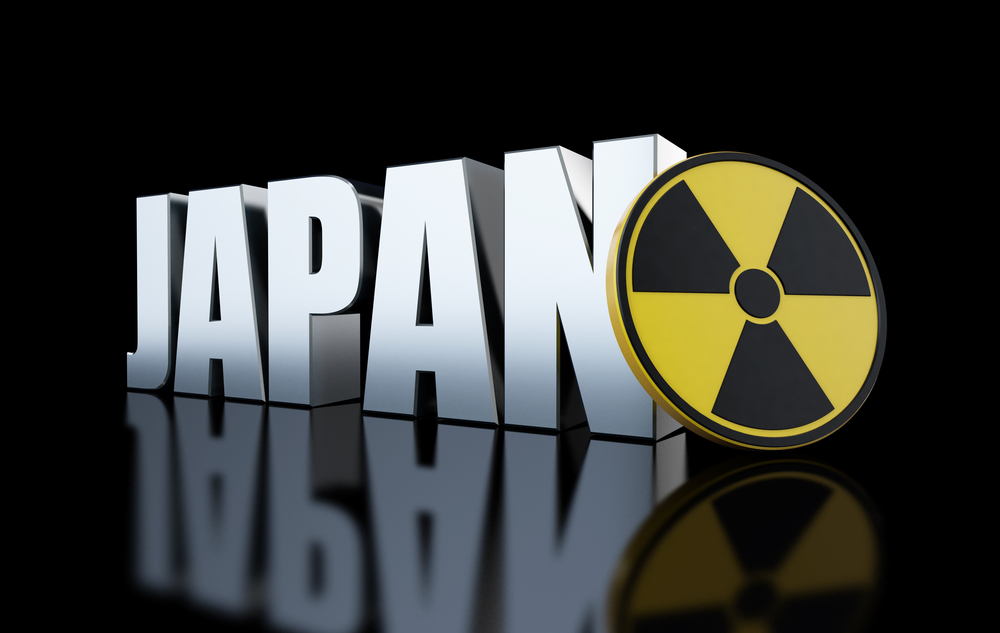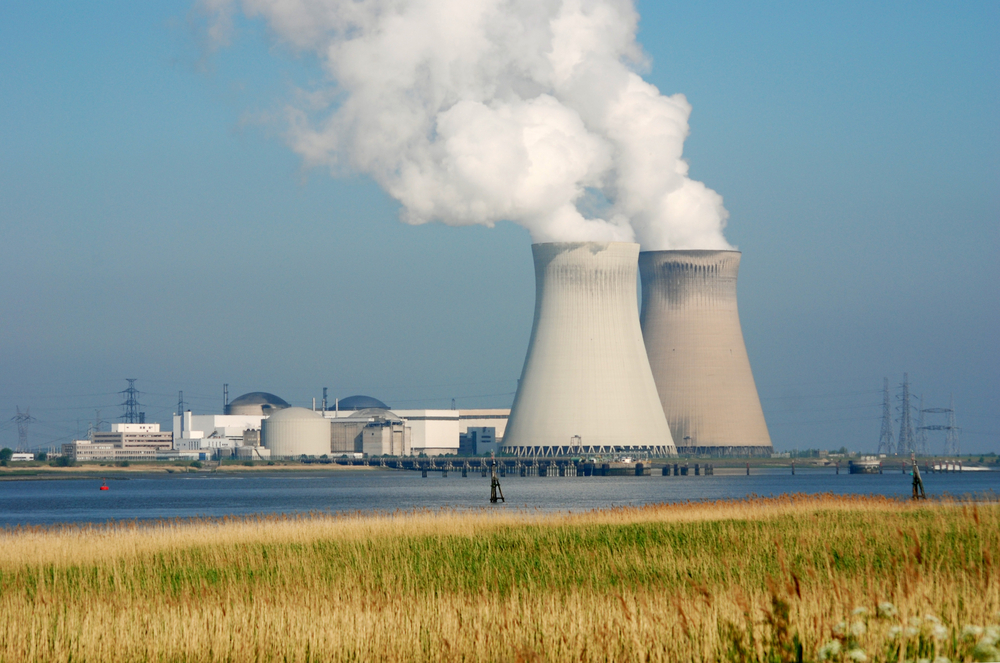August 9 will mark the 73rd anniversary of the bombing in Nagasaki which killed and injured more than 75,000 people – but 73 years later, Japan has enough plutonium to make 6,000 warheads the size of the one that obliterated Nagasaki.
Enough to Make 6,000 Warheads
For years resource-poor Japan has relied heavily on nuclear energy to generate enough electricity for its every-growing industrial sector. In fact, before the 2011 earthquake and nuclear reactor meltdowns, the country was using nuclear power to generate one-third of its entire electricity supply.

Moreover, there were plans to increase Japan’s reliance on nuclear energy to 50 per cent by 2030 which were later abandoned after the Fukushima Daiichi nuclear disaster taught an important lesson on the dangers of using nuclear reactors.
At the time there were 48 reactors in Japan which actively used uranium as fuel to generate electricity. One of the byproducts of this process was plutonium, which is one of the most radioactive and toxic substances in the world. Although the reactors were shut down after the Fukushima incident, the 47 tons of plutonium gathered from the reactors are still Japan’s possession – and could be used to make 6,000 deadly bombs like the one used on Nagasaki 73 years ago.
Stockpiling dangerous amounts of plutonium doesn’t only put Japan at the risk seismic instability but could also be stolen by terrorists and use to make deadly explosives that could potentially wipe out the entire planet. Currently Japan holds the title of being the only non-nuclear nation to be allowed to use plutonium for energy purposes. Other countries like Britain and France also have their own plutonium reserves which amount to a frightful 47 tons.
Revised Plutonium-Use Policy
The international community is becoming increasingly uneasy with Japan’s growing plutonium reserves, and many are questioning the country’s intentions, especially after the government’s decision to shut down the Monju reactor which converted Plutonium into electricity.
Japan recently extended its bilateral nuclear cooperation agreement with the United States, which is now in its 30th year, till July 16. Japan’s nuclear panel announced recently that the country will reduce its plutonium stockpile to meet the required limit for peaceful use; however no clear numeric target or deadline for curbing the stockpile was given during the announcement.
The Japan Atomic Energy Commission also revised its 2003 plutonium-use policy to limit the plutonium production at Rokkasho reprocessing plant to the amount needed to fuel Japan’s nuclear reactors. The revision was made in response to concerns about Japan’s plutonium stockpile, especially after it unclear recycling policy following the Fukushima disaster of 2011.
The panel said in its updated policy that it has taken the international concerns regarding the use of nuclear energy in Japan into account and will uphold its pledge to work peacefully towards nuclear nonproliferation and cooperate with the international community.

Problem with Reprocessing Plants
Japan has been extracting and enriching uranium for decades now and countries like the United States which allowed it to stockpile the deadly radioactive compound is now increasingly concerned about the amount Japan has accumulated over the years.
By the end of 2017, the country’s plutonium stockpile had grown to 47.3 tons from 46.9 tons just a year before. Japan only stores 10.5 tons of the radioactive compound within the country whereas the rest is stored in the U.K. and France.
The panel assured that it will be taking a number of steps to ensure that it doesn’t add more plutonium to the existing stockpile and pledges to use up most of the plutonium stored overseas as fuel for its nuclear reprocessing plants.
Japan’s Rokkasho plant in Aomori Prefecture has faced repeated construction delays and is expected to be fully operational by year 2021. The plant will have a reprocessing capacity of 800 tons of spent fuel and will extract around 8 tons of plutonium every year.
The plutonium and uranium extract is then converted into mixed oxide (MOX), a fuel for conventional or fast-breeder nuclear reactors. But since most of the country’s nuclear reactors have been shut down amidst public protest and safety concerns, it is highly unlikely that Japan will use its MOX fuel to power the reactors.





